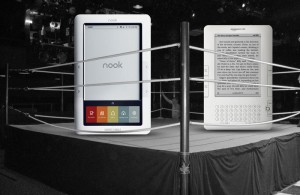Let me preface the negative statements-to-come by admitting something: I love my Snuggie. This defies logic, considering the product’s poor quality and relative uselessness, but there it is. In an attempt to decode the mystery of the Snuggie Phenomenon, which has captivated more than 20 million people in America alone, I considered their marketing mix:

Product: The blanket with sleeves, designed to combine ease of movement with comfort. One size is supposed to fit all; I’m 5”3’, and my Snuggie pools around my feet. But is it as “ultra-soft” as the commercial attests? Not so much. The material is coarse and loses its warmth retention after one wash.
Price: $19.95 plus the cost of shipping and handling – a steep price to pay for what is essentially a backwards-worn bathrobe.
Place: Available since 2009, the Snuggie can be purchased from online retailers like Amazon.com, as well as through infomercial call-ins and specialty stores.
Promotion: The nauseatingly cheesy, overly cutesy infomercial that had me – inexplicably – reaching for the phone the first time I saw it at 2am. This strangely addicting commercial was then parodied into stardom by pseudo-celebrities like Ellen Degeneres and Jay Leno. Snuggie creator, Allstar Products Group, encouraged spoofs – and the buzz generated by them – through competitions and postings on the Snuggie Fan Club website (yes, it exists). Word-of-mouth did the rest.
Competitors – the Slanket, the Freedom Blanket, the Blankoat – have arisen over time, but none can match the hype of the original. I love my Snuggie. My brother may insist on calling me “Harry Potter” whenever I wear it, but I don’t care; this brand’s quirky, silly-fun (genius?!) advertising won me over.


